Every year, more than 16 million tourists marvel at the most futuristic buildings and attractions. But the past is not forgotten in Dubai either. The history of this wonderful emirate is revived in the historic streets, on markets, and in the special architecture. No wonder why Dubai is one of the most visited cities in the world, yet here are the reasons why you should travel to Dubai!
A boat trip in a traditional Abra is a special contrast to the modern high-rise buildings of downtown Dubai. Yet the historic heart of Dubai, the Deira district, is right next to the shiny residential towers, luxurious hotels, shopping malls, and theme parks that make Dubai such a popular destination. So, visiting the downtown is a must during your travel to Dubai.
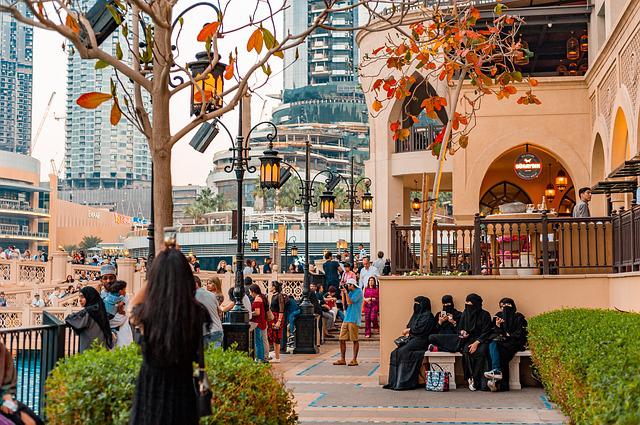
It’s hard to imagine, but fifty years ago Dubai was just a small oasis in the desert. If you walk through the small streets of the historic district of Deira, you can still taste the atmosphere of yesteryear. In the nineteenth century, Dubai was a small settlement of the Bani-Yas, an Arab tribe of fishermen who traded in pearls. They settled on a creek, today’s Dubai Creek. In the atmospheric marketplace from Al-Fahidi, you can relive that time.
There is everything for sale in these markets, from the most beautiful fabrics to oriental spices. The scent of incense, cinnamon, and ginger will meet you. Bargaining is allowed!
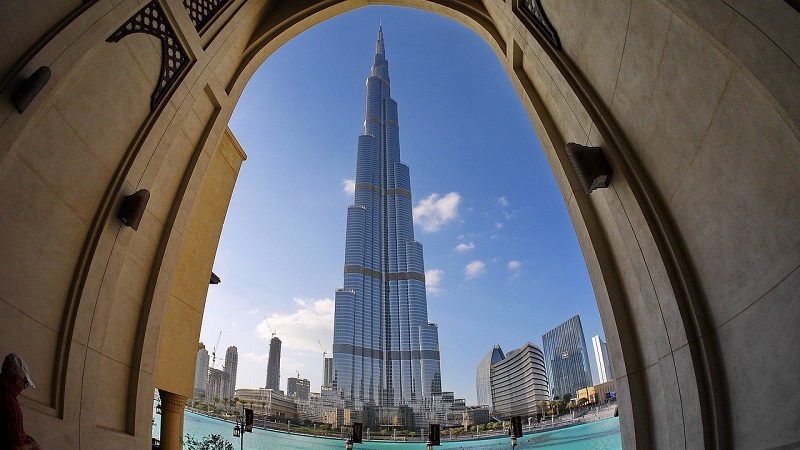
Traditional architecture
The past is not forgotten in Dubai!
Dubai’s first high-rise building, the Dubai World Trade Center, has played a vital role in international trade for the Middle East since its inauguration by Queen Elizabeth in 1979. Other towers on Sheikh Zayed Road tower over the 39-story monument, but it remains the epicenter for business tourism, events, and exhibitions in the region. The John Harris-designed building is featured on the back of the AED 100 banknote.
Skyscrapers now form the backdrop of Dubai Creek. The setting sun reflects off towers of glass and titanium. In the evening thousands of lights twinkle from the rooftop bars, hotels, and boulevards. The Burj Khalifa tower is above everything: at 828 meters the tallest building in the world. Architect Adrian Smith’s design was inspired by a regional desert flower. Another icon is Burj Al Arab, the famous seven-star hotel in the shape of a traditional sailboat.
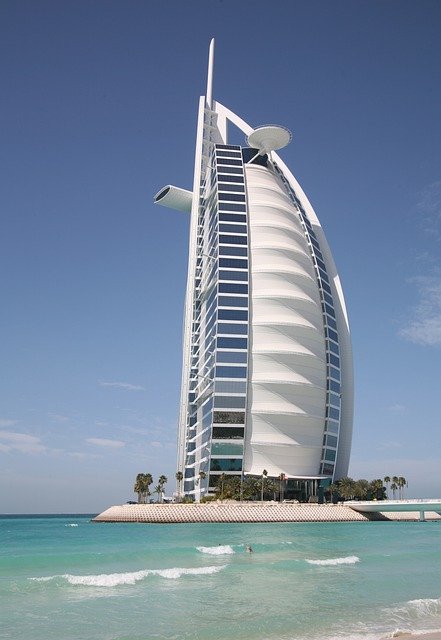
Museum Of the Future
Earlier this year, the Museum of the Future, designed by Shaun Killa, opened. This impressive construction of steel panels, decorated with Arabic calligraphy, is shaped like a torus whose curves symbolize the earth and heaven, while the empty space in the center represents the unknown.
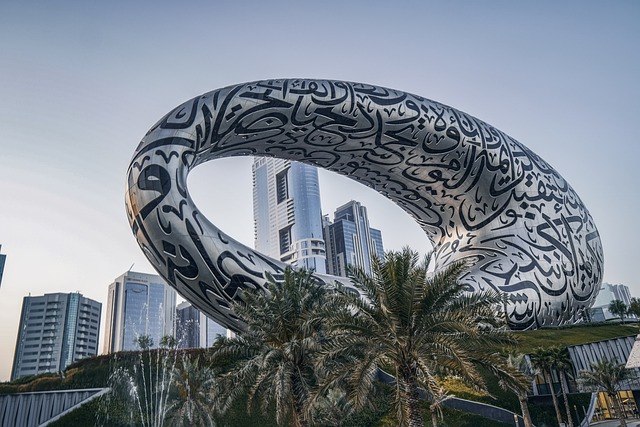
This eye-catcher exhibits innovations related to health, drinking water supply, food, transport, and energy. Inside you can see how cities can develop with the help of science and technology. The Mohammed bin Rashid Library is the largest cultural center in the Middle East and North Africa. The 66,000 m2 complex is designed as an open book placed on a bookend, a traditional Rehl. There are more than 4.5 million books, one million audiobooks, and two million e-books, making it the world’s largest electronic collection and the largest library in the Arab world.
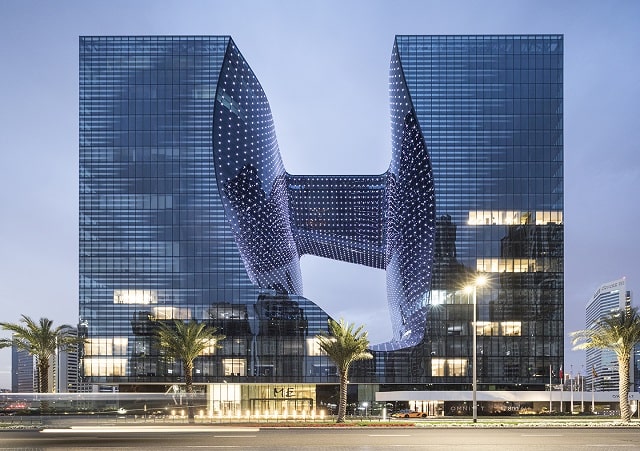
The Opus by Zaha Hadidi
It is an architectural masterpiece by the late architect Zaha Hadid, has been dubbed ‘The Building that Never Sleeps. Immediately noticeable in the Business Bay neighborhood, the building is cube-shaped with two separate towers that merge like mercury. The Opus houses ME Dubai, the only hotel in the world designed by Zaha Hadid both inside and out.
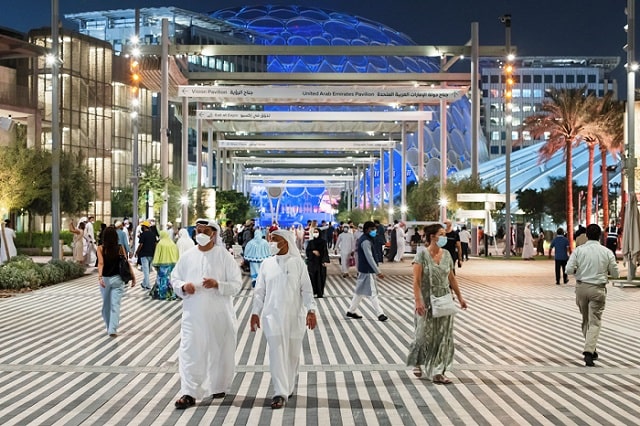
Expo City
Expo City Dubai will be opened this year on the site where Dubai held the World Exhibition in 2021. This is an environmentally friendly, technology-driven city of the future. In the middle is Al Wasl Plaza. The dome serves as a 360-degree laser projection screen. The laser show can also be seen from the outside. If you are planning a tour, you can travel to Dubai during its exhibitions. All these innovations are light years away from the fishing village that Dubai once was.
